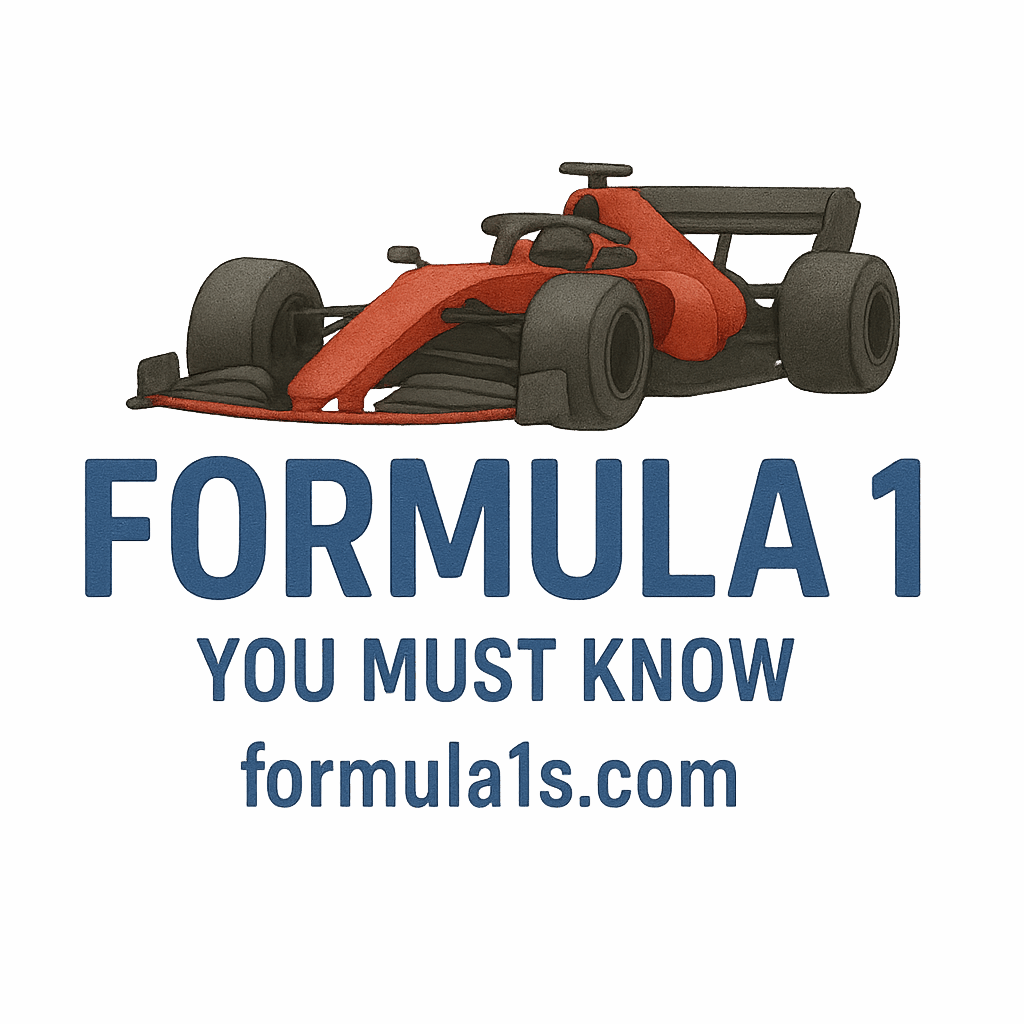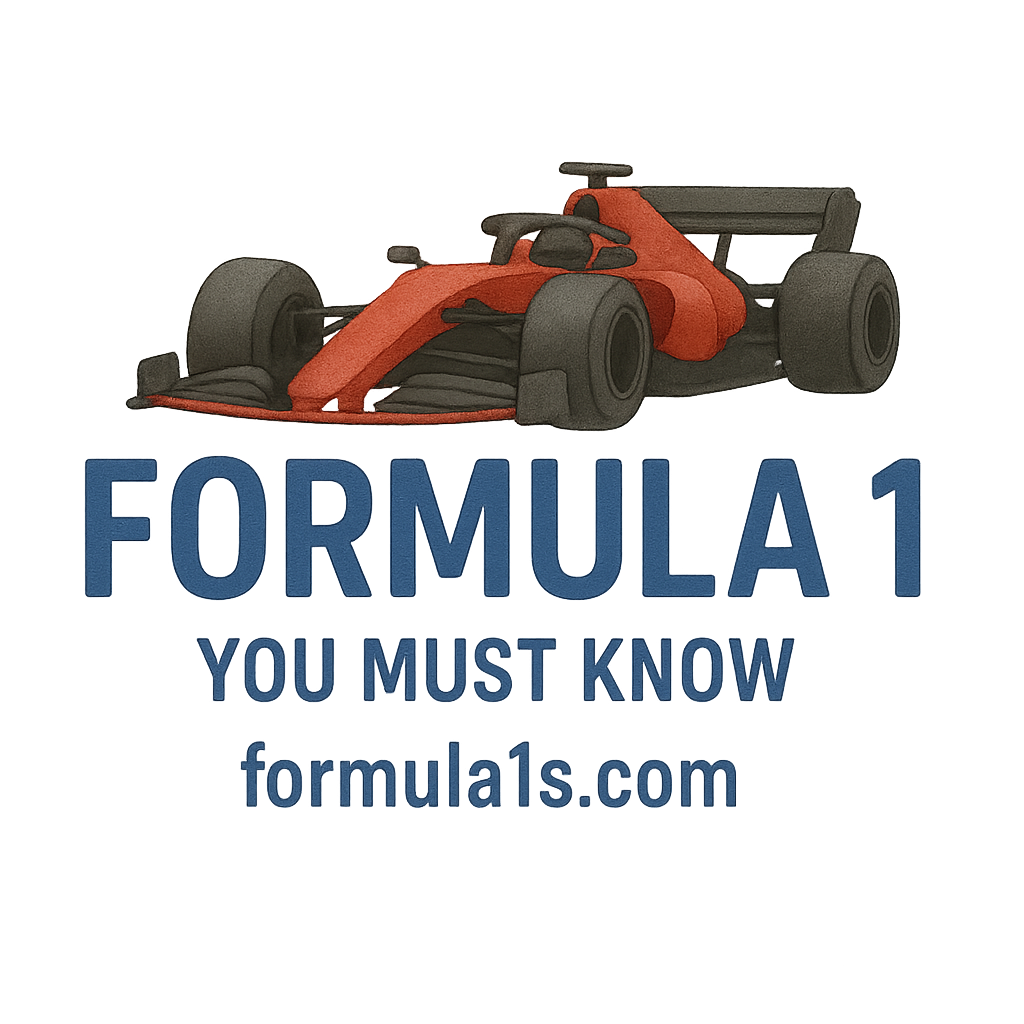Introduction to Formula 1 Steering Wheel Functions
Ever looked at a Formula 1 steering wheel and thought, “What the heck is going on here?” You’re not alone! To the untrained eye, it looks like a control panel out of a spaceship. But every knob, button, paddle, and switch has a purpose. In this article, we’ll dive deep into the Formula 1 steering wheel functions and explain how drivers use this high-tech masterpiece while speeding at over 300 km/h!
Why the F1 Steering Wheel is So Complex
Engineering Masterpiece in Your Hands
Think of a Formula 1 steering wheel as the central command center of a fighter jet. It controls far more than just left and right movement—it manages engine settings, brake balance, hybrid systems, and even communication.
The Evolution Over the Decades
Back in the ’70s, F1 steering wheels were just… wheels. Fast-forward to 2025, and they’ve become ultra-digital, hyper-customized devices that drivers must master as second nature. Check out Formula1s.com/tech-innovation for some great history on this evolution.

1. Gear Shift Controls
Paddle Shifters – Precision at Your Fingertips
Instead of the traditional gear stick, F1 cars use paddle shifters mounted behind the wheel. One paddle for upshifting, another for downshifting. Simple? Not quite. The timing of each shift is crucial for performance and engine health.
Why Manual Control Still Matters
Even in the era of AI and automation, Formula 1 steering wheel functions related to gear shifting are entirely manual. Drivers rely on visual and audio cues to shift at the exact right moment. Miss it, and you lose tenths—or worse, damage the engine.
2. Brake Balance Adjustments
Front vs Rear Braking Strategy
Brake balance refers to how much braking force is applied to the front versus the rear wheels. A subtle shift forward or backward can mean the difference between nailing a corner or ending up in the gravel.
How It Impacts Cornering and Safety
Drivers tweak brake balance using dials on the wheel in real-time, depending on track temperature, tire wear, and fuel load. It’s a dance between physics and instinct. Want to geek out on more racing strategy? Don’t miss Formula1s.com/fan-tips.
3. ERS (Energy Recovery System) Controls
Deploying Electrical Power Efficiently
ERS is a hybrid system that recovers energy during braking and stores it in a battery. Drivers can deploy this power during acceleration or overtakes using specific steering wheel buttons.
How ERS Helps During Overtakes
The magic button labeled “Overtake” delivers a short, sharp power boost from the ERS. Timing it right is crucial, especially when battling for position. Check out Formula1s.com/tag/f1-performance for more on power unit tech.
4. Differential Settings
Managing Tire Wear and Traction
The differential setting changes how much torque goes to each rear wheel. Adjusting it helps with traction through corners and extends tire life.
Adapting to Track Conditions in Real-Time
Drivers use rotary switches to fine-tune differential settings mid-lap depending on the grip level. Wet track? Tighter diff. Hot track? Looser diff. It’s all about balance.
5. Radio & Communication Functions
Talking to the Pit Wall Strategically
The radio button on the steering wheel keeps the driver in constant contact with their engineer. But it’s not just casual chat—strategy, warnings, and system errors all flow through this channel.
Silent Signals & Emergency Alerts
Sometimes the system goes quiet due to interference or malfunctions. In those cases, pre-set signals like toggling certain switches let the driver alert the team.
6. Engine Mode Settings
Fuel Saving vs Maximum Power Modes
F1 engines have different modes for different phases of the race. From high-performance qualifying modes to fuel-saving modes when conserving tires, the driver can select these on the go.
Engine Mapping for Performance and Reliability
Teams like Mercedes and Red Bull build multiple maps into the engine control system. One for overtakes, one for wet weather, one for defending. All controlled via—you guessed it—the Formula 1 steering wheel functions.
7. DRS (Drag Reduction System) Activation
The Overtake Button – How DRS Works
DRS opens a flap in the rear wing, reducing drag and giving a top-speed boost. The driver activates it via a button on the steering wheel—but only in designated DRS zones when within 1 second of the car ahead.
Strategic Use During Qualifying and Races
During qualifying, DRS can be used freely on straights. In races, it becomes a tactical weapon. Formula1s.com/circuits-tracks has great guides on which tracks feature the best DRS zones.
8. Multi-Function Rotaries (Rotary Switches)
Fine-Tuning Car Behavior On the Go
These dials allow drivers to adjust dozens of parameters: throttle mapping, brake migration, engine torque delivery, and more. It’s like adjusting your car’s behavior mid-lap without lifting your hands off the wheel.
Examples of Real-Time Adjustments
One rotary might control how aggressively the ERS deploys. Another adjusts how much power the turbo delivers in low gears. Every driver has a personalized setup. Visit Formula1s.com/teams-drivers to explore how each team tailors their wheels.
How F1 Drivers Master the Steering Wheel
Muscle Memory, Training, and Reactions
It’s not enough to know the functions—you have to use them at 300 km/h while wheel-to-wheel with another car. That’s where intense simulator training comes in.
It’s Like Playing a Piano at 300 KM/H
Imagine playing Chopin with your gloves on, during a roller coaster ride. That’s what an F1 driver does with their wheel. Mind-blowing, right?
Innovations in Steering Wheel Technology
From Analog to Digital Dominance
Today’s steering wheels feature OLED screens, data logs, and haptic feedback. Compare that to the wooden wheels of the 1950s and you’ll see how far we’ve come. Dive into the past with Formula1s.com/formula-1-history.
Customization by Teams & Drivers
No two F1 wheels are exactly alike. Each team and driver pair has unique preferences for layout, button colors, and even switch resistance. It’s a science and an art form.
Conclusion
The Formula 1 steering wheel functions aren’t just about turning the car—they’re the key to managing nearly every system in one of the most complex machines ever built. From gear shifts to ERS deployment, brake balance to engine modes, every button and switch plays a vital role in racing strategy and success. Understanding how they work not only deepens your appreciation for the sport but makes watching the next race way more exciting. So next time you see a close-up of that wheel—give it the respect it deserves.
FAQs
1. How many buttons are on a Formula 1 steering wheel?
Most F1 wheels have between 20 to 25 buttons, switches, and paddles.
2. Can drivers fully customize their steering wheels?
Yes! Teams tailor every wheel to the driver’s preferences for ergonomics and function.
3. What happens if a steering wheel fails during a race?
The car may stop or go into limp mode. Drivers can quickly swap wheels during a pit stop.
4. Are F1 steering wheels reused every season?
Typically, no. New versions are made each season to incorporate updated systems.
5. How much does an F1 steering wheel cost?
They can cost over $50,000 due to the materials and embedded tech.
6. Why do F1 wheels have screens?
The screen displays crucial real-time data like lap times, gear, and engine status.
7. Where can I learn more about F1 tech innovations?
Explore Formula1s.com/tag/tech-innovation for more cutting-edge F1 features.


